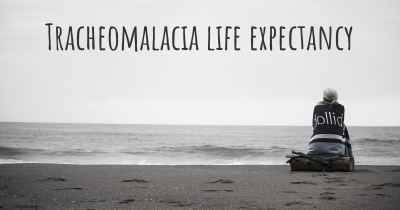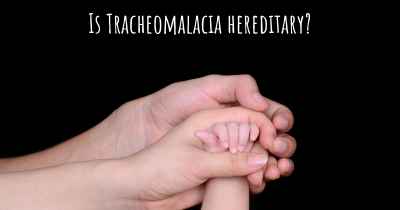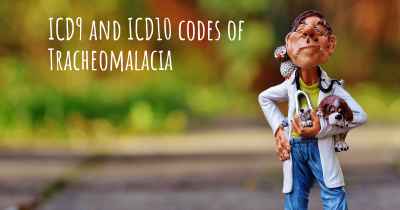What is the history of Tracheomalacia?
When was Tracheomalacia discovered? What is the story of this discovery? Was it coincidence or not?

Tracheomalacia is a medical condition characterized by the weakening or collapse of the tracheal walls, leading to breathing difficulties. The history of tracheomalacia dates back several centuries, with significant advancements in understanding, diagnosing, and treating the condition.
Early Observations:
The first documented cases of tracheomalacia can be traced back to the 17th century. However, the condition was not well understood at the time, and its symptoms were often misattributed to other respiratory ailments. It wasn't until the 19th century that tracheomalacia began to be recognized as a distinct medical condition.
Recognition and Definition:
In 1819, the French physician René Laennec, known as the father of modern chest medicine, described the collapse of the trachea during respiration in his book "De l'Auscultation Médiate." Laennec's observations laid the foundation for understanding tracheomalacia as a separate entity.
Advancements in Diagnosis:
Throughout the 20th century, medical professionals made significant strides in diagnosing tracheomalacia. The advent of bronchoscopy, a procedure that allows direct visualization of the trachea and bronchial tubes, greatly aided in identifying and confirming cases of tracheomalacia. This non-invasive technique revolutionized the diagnosis of tracheomalacia, enabling physicians to accurately assess the severity and location of tracheal collapse.
Understanding the Causes:
As medical knowledge advanced, researchers began to explore the underlying causes of tracheomalacia. It was discovered that tracheomalacia could be either congenital (present at birth) or acquired later in life. Congenital tracheomalacia often results from abnormal development of the tracheal cartilage, while acquired tracheomalacia can be caused by factors such as chronic inflammation, trauma, or prolonged intubation.
Management and Treatment:
Over time, various treatment options have been developed to manage tracheomalacia. Initially, conservative measures such as respiratory support and positioning were employed. However, as medical technology advanced, surgical interventions became more common.
Tracheostomy:
In severe cases of tracheomalacia, a surgical procedure called tracheostomy may be performed. This involves creating an opening in the trachea to bypass the weakened area, allowing for improved airflow. Tracheostomy has been a crucial treatment option for patients with severe tracheomalacia, particularly in infants and young children.
Stenting:
Another significant development in the treatment of tracheomalacia is the use of stents. A stent is a tube-like device that can be inserted into the trachea to provide structural support and prevent collapse. Stenting has proven to be an effective method for managing tracheomalacia, especially in cases where surgery is not feasible or as a temporary measure until surgical intervention can be performed.
Ongoing Research:
Despite the progress made in understanding and treating tracheomalacia, ongoing research continues to shed light on the condition. Scientists are exploring new diagnostic techniques, refining surgical procedures, and investigating potential genetic factors that may contribute to tracheomalacia.
Conclusion:
Tracheomalacia has a long history, with significant advancements in recognition, diagnosis, and treatment over the centuries. From the early observations of Laennec to the development of bronchoscopy and surgical interventions like tracheostomy and stenting, medical professionals have made great strides in managing this condition. Ongoing research ensures that the understanding and treatment of tracheomalacia will continue to evolve, improving the lives of those affected by this respiratory disorder.








